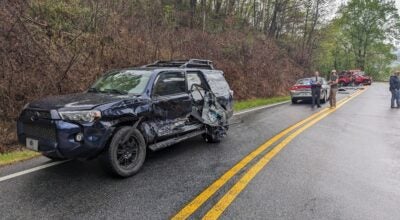Volunteers speak out about problems with EMS
Published 9:43 pm Thursday, January 24, 2013
Medical responders
In 2002 county commissioners voted to increase the minimal level of participation for volunteers from “medical responders,” which requires 69 hours of training, to an EMT level, which mandates 170 hours of training. Dr. Owens said this change was made to ensure that the people helping at the scene of an accident or with a person experiencing a life-threatening situation like a stroke is capable of handling the situation properly.
Gregg said he believes the county was wrong in eliminating the use of medical responders.
“EMS says that it’s a substandard certification but it’s a state certification, the state honors it,” he said. “They can’t ride in the back with a patient by themselves but a medical responder can be responsible for driving the vehicle and assisting the EMT.”
Gregg said Green Creek has about a dozen people who have expressed interest in volunteering with the department but said many of them might not be willing to devote the time it takes to get certified as EMTs.
“Allowing medical responders would give somebody the chance to get started,” Gregg said. “If you tell them they have to be an EMT, they are going to have to commit six months of their life to that course and if they can’t handle it, that time will be wasted.”
Gregg said a medical responder could at least open an airway if someone isn’t breathing and that alone could save a life.
Neighboring Rutherford County does recognize and use the service of volunteers at the medical responder level. Rutherford County EMS Director Richard Pettus said among his county system there are 11 fire departments and three rescue squads, which use a mix of medical responders and EMT level individuals to respond to calls.





